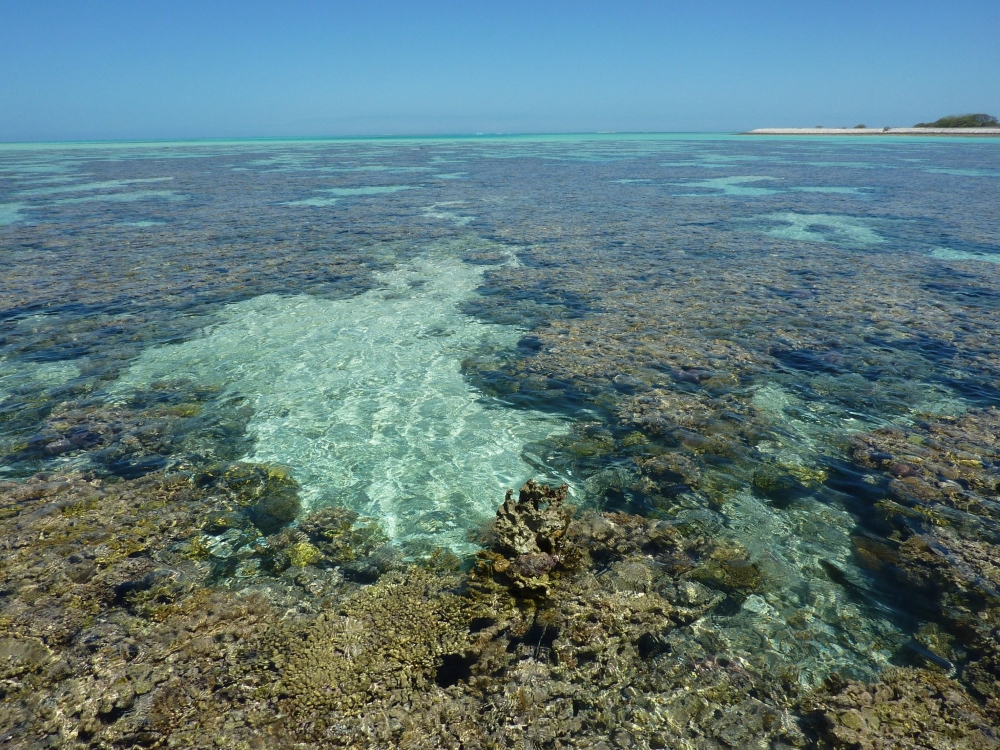Right to the core of coral
One of the greatest threats to Australia's coral reefs originates not in the sea, but on land. Postdoctoral Research Fellow working jointly at the Research School of Biology and the Research School of Earth Sciences, Jennie Mallela, explores how climate change and pollution affects coral growth.
There are no skeletons in the closet when it comes to coral. Akin to the growth rings in trees, coral cores can be used to reconstruct environmental history. Corals secrete calcium carbonate, which accumulates over many centuries to form the reef structure that we know today. "Every year, calcifying organisms lay down one high and one low density band, which means we can count and age them," explains Mallela. Watershed based pollution, namely sediment, nutrient and fertiliser run off, also leave their mark. "If there are run off events for example, you can put the coral skeleton under a UV light and the flood events will fluoresce," she says.
As part of her postdoctoral research Mallela uses trace elements and stable isotopes, called environmental proxies, to reconstruct sea water temperatures at the time of growth and river run off events. Her pilot work is yielding some fascinating results. "We are starting to pick up patterns, especially with the near shore reefs, where you can actually see when farmers first started adding fertiliser to the field, possibly when the superphosphate subsides kicked in, and then when they started to try different land management practices. Once I’ve got that record in the coral, I can look at how the coral was growing at the time when phosphorus (a proxy for fertiliser) use was increasing and what that did to the coral skeleton," says Mallela.
It is strange to think that records of our colonial agriculture can be found at the bottom of the ocean. Now a barometer of our own living practices – the question remains whether it's enough to keep us in check.

